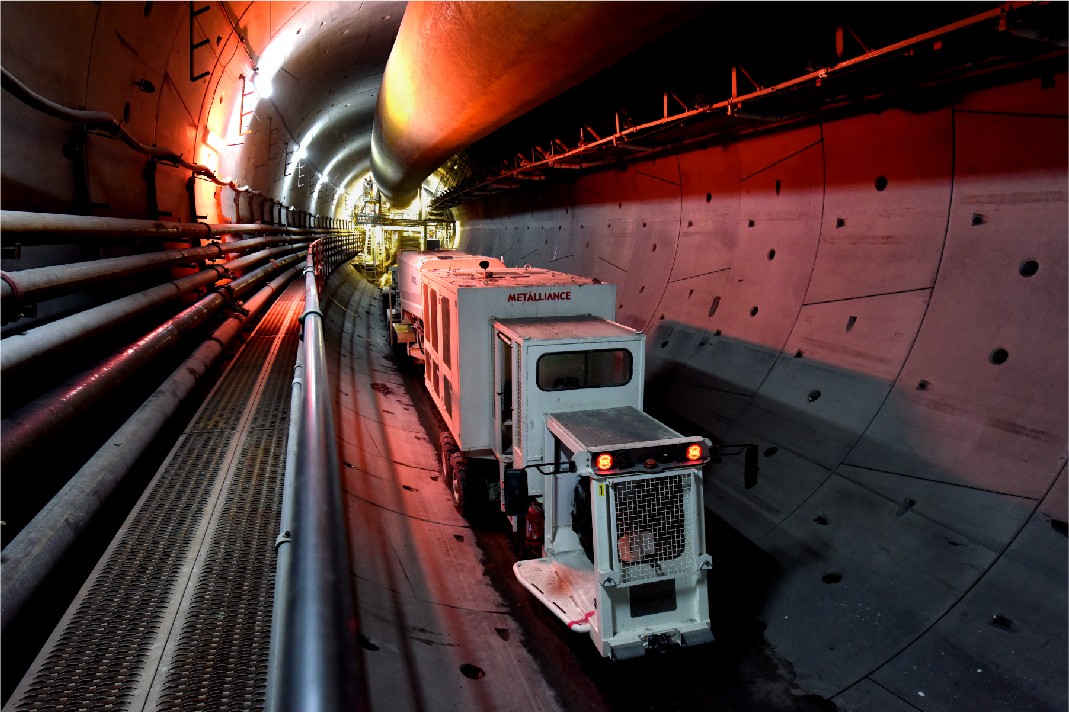Overview
Mining-grade high-pressure, resistant-resistance flexible ventilation ducting is a high-performance ventilation system designed specifically for the demanding underground working environments of mines and tunnels. It serves not only as a channel for air transport but also as critical infrastructure for ensuring underground safety and improving production efficiency. Compared to traditional metal or plastic ducting, this product combines extremely high pressure resistance, exceptional flexibility, superior durability, and easy installation and maintenance, designed to provide stable, reliable, and economical ventilation support for complex and ever-changing underground tunnels.
Deep within a mine, the ventilation system is like the human respiratory system; its smooth operation is directly related to worker safety and the proper functioning of equipment. Our high-pressure, resistant-resistance flexible ducting is the "strong artery" of this system, effectively withstanding the challenges of high static and negative pressure underground, preventing duct collapse or rupture, ensuring a continuous flow of fresh air to the working surface, while efficiently exhausting harmful gases and dust.
Specific attributes
Raw Material | PVC Coated Fabric |
Base Fabric | knitted/woven polyester fabric |
Color | Yellow, black, orange, or customized |
Flame retardant rating | B1, B2, M1, M2, NFPA701 Optional |
Use temperature | -40℃ ~ +100℃ |
Surface Resistivity-Anti-static (optional) | <300 mega |
Pitch | 150mm, 200mm, 300mm |
Diameter | 10 inches ~ 122 inches |
Coupling Type | Velcro, zipper or steel ring |
MOQ | 2000m |
Packing | Wooden case, PE bag, pallet |
Application Scenarios
This product is widely used in various applications requiring reliable ventilation:
Metal and non-metal mines: Ventilation of main tunnels and excavation faces in gold, silver, copper, iron, and coal mines.
Tunneling and underground engineering: Air supply and smoke exhaust during the construction of railway tunnels, highway tunnels, and water conservancy culverts.
Emergency ventilation and disaster management: In the event of an accident, it is used to quickly establish a temporary ventilation system to dilute toxic and harmful gases.
Local dust removal and cooling: Connect to dust removal equipment or provide localized ventilation to improve the environment in specific work areas.


